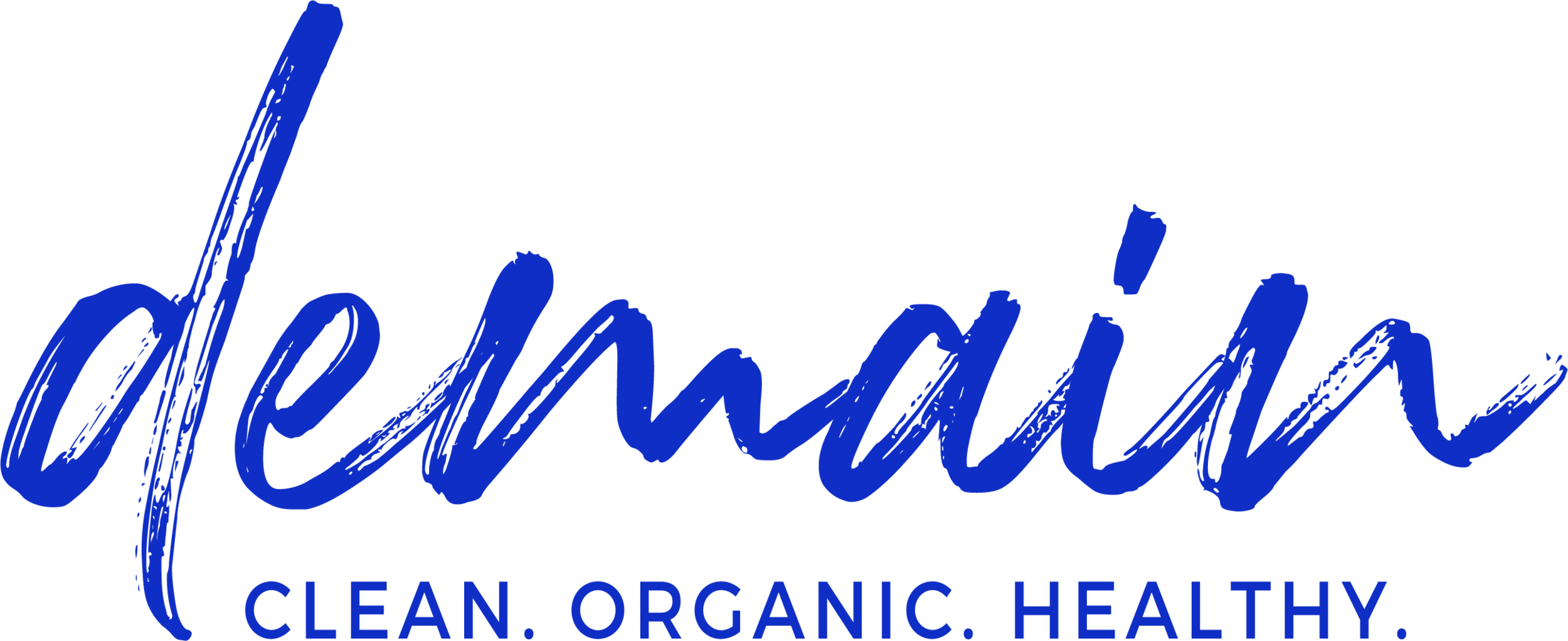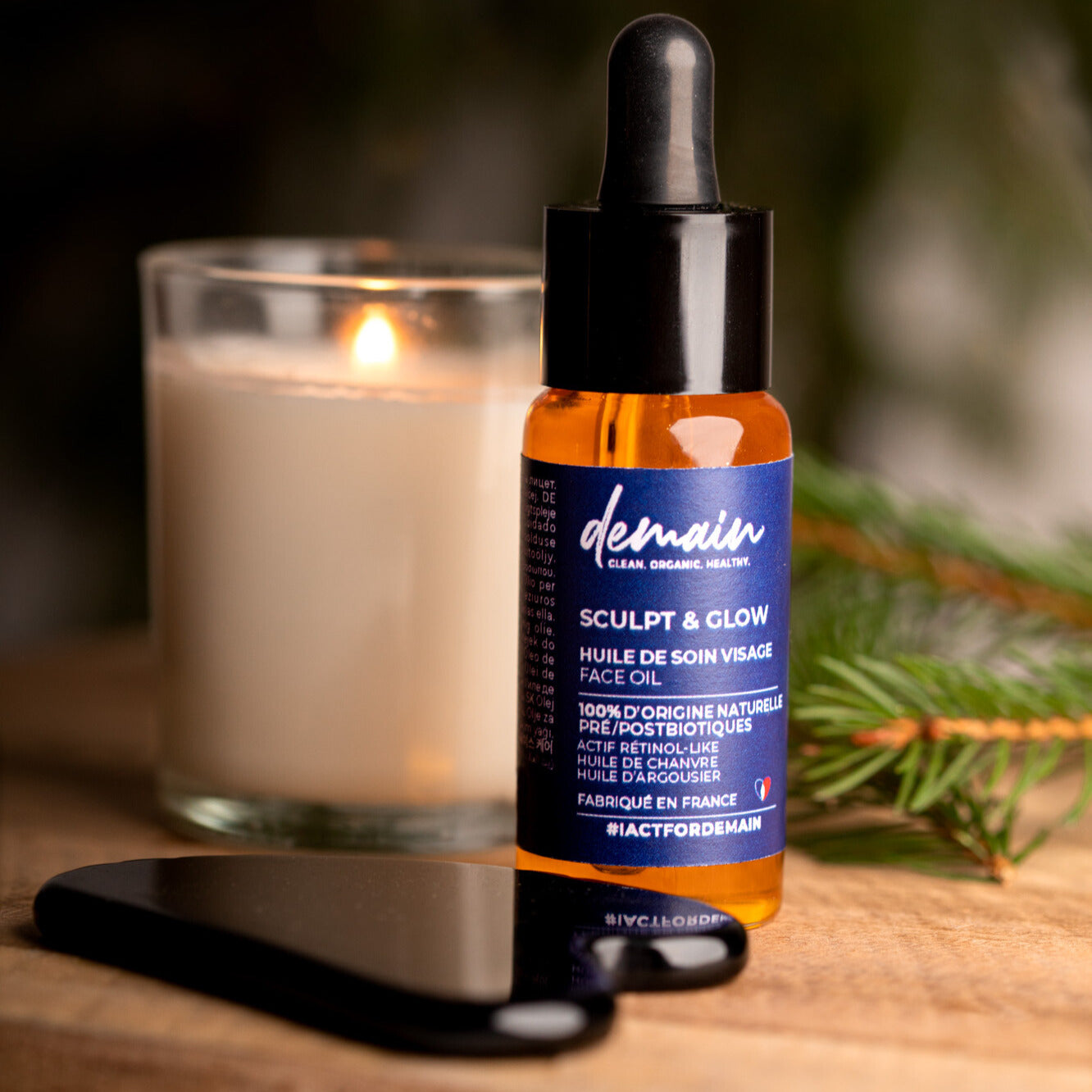The sun, despite its benefits, also has its dangers for our skin. Indeed, excessive exposure to UV rays can cause burns, accelerate skin aging and increase the risk of serious diseases such as skin cancer. It is therefore crucial to understand these risks and to know the best practices to protect yourself, in particular by avoiding exposure between 12 p.m. and 4 p.m., when the rays are most harmful.
Understanding Sun Exposure
Exposure to the sun can have different effects on the skin depending on various factors. The sun's UV rays , invisible to the human eye, are composed of UVB and UVA rays. UVB rays, which are less numerous but more energetic, are mainly responsible for sunburn . UVA rays, which are more numerous but less energetic, contribute to premature skin aging .
The intensity of these rays varies depending on the time of day, season, altitude and latitude. They can also be reflected by certain surfaces, such as water or snow, increasing exposure.
It’s important to note that not all skin types react to the sun the same way. Light skin is generally more sensitive to UVB rays and burns more easily, while dark and olive skin produces more melanin, a substance that naturally protects against UV rays.
However, no skin is completely safe from the harmful effects of the sun's rays.
Sun rays: harmful or beneficial?
Sunlight , while known for its ability to produce vitamin D and improve mood, also poses risks to skin health.
- Ultraviolet (UV) rays , which are a major component of sunlight, can penetrate the skin and cause cellular damage.
- UVB rays are particularly responsible for sunburn, while UVA rays contribute to premature aging of the skin.
- Excessive exposure can lead to short- and long-term adverse effects, such as DNA damage, allergic reactions, and immunosuppression.
- Infrared rays, another component of the sun's rays, can also penetrate the skin and contribute to its aging.
It is important to note, however, that the effects of these rays on the skin can vary depending on factors such as duration of exposure, skin type and use of sun protection.
The harms of excessive exposure
Excessive exposure to the sun can cause irreversible damage . While sunburn and skin aging are the most visible effects, the major danger remains the appearance of skin cancer . UV rays attack the DNA of skin cells, which can transform a normal cell into a cancerous cell.
Prolonged sun exposure also has damaging effects on skin texture and hydration . It can cause a loss of elasticity, making fine lines and wrinkles more apparent.
UVA rays , although they do not have an immediate visible effect, penetrate the skin deeply and increase the risk of skin cancer.
Finally, it should be noted that while tanning may give a temporarily attractive glow, it is actually a sign of skin damage. UV rays can damage the skin's collagen and elastin fibers, leading to the premature appearance of fine lines and wrinkles.
Sunburn: symptoms and duration
Sunburn is a skin reaction to overexposure to ultraviolet (UV) rays. Symptoms vary depending on the intensity of exposure. The skin may become red, hot and sensitive to the touch, sometimes accompanied by itching . In more severe cases, blisters may appear, indicating a second-degree burn.
The duration of these symptoms is usually 3 to 5 days for a mild sunburn. However, it can vary depending on several factors such as the severity of the burn, the location on the body and the type of skin.
Symptoms may worsen within 24 hours of exposure, with headache, fever, and even nausea for severe burns. In these cases, it is recommended to consult a health professional.
How long does sunburn last?
The duration of a sunburn can vary depending on its severity and the responsiveness of each person's skin. Typically, a mild sunburn will disappear after 3 to 5 days, while a more severe sunburn may persist for a week or more.
That said, several factors can influence this duration, including:
- Skin sensitivity : Lighter skin, which is more sensitive to UV rays, can suffer the effects of sunburn for longer than darker skin.
- The degree of the burn : The more severe the burn, the longer it takes to heal. First-degree sunburns typically heal within a week without scarring, while second-degree burns may require medical treatment and may leave scars.
- Location of sunburn : Thinner or more sensitive areas of skin, such as the face or shoulders, may take longer to recover.
It is important to note that not all sunburn symptoms will necessarily disappear at once. For example, the redness and pain may decrease after a few days, but the skin may continue to peel for several more days.
Skin cancer: the role of the sun
Exposure to the sun's ultraviolet (UV) rays plays a key role in the development of skin cancer . In 85% of cases, excessive exposure to UV rays is the cause. This exposure can cause damage to the DNA of skin cells, which can lead to their transformation into cancer cells.
Three types of lesions are often associated with sun exposure:
- Skin carcinomas, common on parts of the body regularly exposed to the sun.
- Melanomas, rarer but more serious, are caused by severe sunburn.
- Actinic keratoses, precancerous lesions caused by the accumulation of sun exposure.
It is essential to protect yourself from the two types of UV rays emitted by the sun: UVB, the main cause of sunburn, and UVA, which are known to be mutagenic. Effective sun protection and appropriate behavior can significantly reduce the risk of developing skin cancer.
Protecting your skin: effective solutions
To effectively protect your skin against the dangers of the sun, several strategies are recommended:
- Use sunscreen : Choose a sun protection factor (SPF) that is appropriate for your skin type. Apply generously and reapply every two hours.
- Wear protective clothing : Wide-brimmed hats, sunglasses and UV-protective clothing can help you minimize exposure to the sun's rays.
- Stay hydrated : Drinking enough water helps keep your skin hydrated and prevent sun damage.
- Avoid peak sun hours : If possible, limit your sun exposure between 10 a.m. and 2 p.m.
- Eat a healthy diet : Certain foods, rich in antioxidants, can help protect the skin against sun damage.
Importance of protection between 12 p.m. and 4 p.m.
Between 12pm and 4pm, the sun is at its zenith , which means that UV rays are strongest and most harmful. This time of day is therefore particularly dangerous for the skin.
UV rays, especially UVB, are more powerful and can cause sunburn and damage the DNA of skin cells , increasing the risk of skin cancer.
Even under cloudy skies , UV rays can pass through clouds and reach the skin, hence the importance of protecting yourself even when it's gray.
Certain areas of the body are more exposed than others, particularly the face, neck, décolleté and hands. It is therefore important to increase protection on these areas.
Older people and children have more fragile skin and are therefore more sensitive to the harmful effects of UV rays. It is therefore crucial to protect them further.
Protection between 12pm and 4pm should not be limited to applying sunscreen. It is also recommended to wear a hat , sunglasses and a T-shirt to protect the rest of your body. Seeking shade or staying indoors during this time can also help minimize exposure to UV rays.
Why should we avoid exposure to the sun between 12 p.m. and 4 p.m.?
The effects of the sun on burnt skin
Exposing already burned skin to the sun can worsen the damage and increase the pain. UV rays can penetrate deeper into the damaged layers of the skin, exacerbating inflammation and delaying the healing process.
- UVB rays, in particular, are responsible for sunburn , and their impact on burned skin can lead to second-degree burns .
- UVA rays, on the other hand, are known for their ability to accelerate skin aging . On burned skin, they can worsen signs of aging, such as wrinkles and discoloration.
In addition to these effects, sunburned skin can become more vulnerable to infections and allergic reactions due to the disruption of the protective skin barrier. It is therefore crucial to avoid sun exposure on burned skin and to protect it with appropriate clothing. In case of burns, apply an oily substance to relieve it. Time To Detox multi-use balm is very effective for sunburns.
The impact of UV rays on the eyes
UV rays are not only harmful to the skin, they also affect eye health. UVB rays, although largely absorbed by the lens and cornea, can cause tissue damage and alter DNA . UVA rays, which are more dangerous, reach the deepest part of the eye. Prolonged or repeated exposure can lead to various eye conditions.
- Cataracts , a clouding of the lens, can be induced or accelerated by excessive exposure to UV light.
- Ophthalmia , also called "sunburn of the eye", is an acute inflammation of the eye caused by overexposure to UV rays.
- Age-related macular degeneration (AMD) , the leading cause of vision loss in older people, can be promoted by UV exposure.
It is therefore crucial to adopt appropriate protective behaviors, such as wearing sunglasses that filter 100% of UV rays.
Is it dangerous to expose yourself without protection?
Exposing yourself to the sun without protection is indeed dangerous. UV rays, even in small quantities, can cause immediate skin damage such as sunburn , but also long-term effects such as premature skin aging .
- Sunburn is a first-degree burn that causes redness of the skin, without blisters, appearing between 6 and 24 hours after exposure.
- Premature aging of the skin is manifested by the appearance of wrinkles and brown spots.
In addition, unprotected exposure increases the risk of skin cancers . The latter, of which melanoma is the most serious, are constantly increasing, largely due to excessive exposure to UV rays.
Therefore, it is strongly recommended to protect yourself from the sun, using suitable sunscreen, wearing protective clothing and avoiding exposure during the most intense hours of the day.
Find all our advice on how to choose your sunscreen on our blog.











